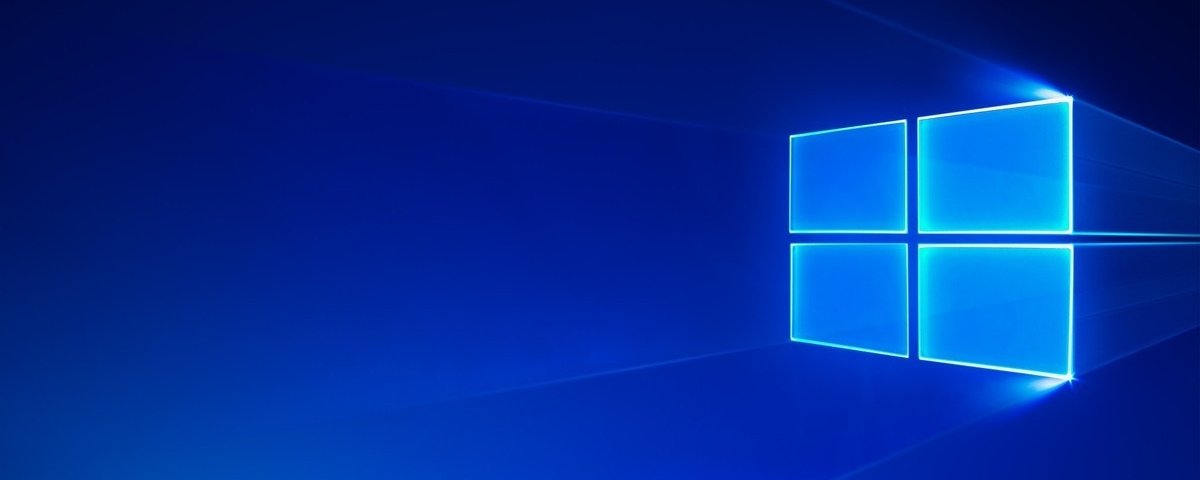
To activate Windows 10 build 10240 (RTM), you must upgrade from a previous qualifying operating system that is genuine and activated. When you perform reinstall or clean install the installation checks with Activation Server, detects the unique installation ID, and produces the validation for your device.

Windows 10 registers the device with the Product Activation Center and keeps a copy of your device’s activation in a Cloud Store. Once you are upgraded to Windows 10 and activated, you can simply create a bootable copy on DVD or USB and reinstall just Windows 10 without the need to reinstall the qualifying version, and it will reactivate automatically. With Windows 10, this is no longer the case.

In previous Windows releases, when you installed an upgrade version of Windows: if you wanted to reinstall the upgrade version, you had first to reinstall the qualifying version from which you upgraded, reactivate it, then upgrade again and reactivate again.

For more on activation issues, take a look at these articles: Update: This was written for issues when Windows 10 was initially released in 2015.

Regardless of this, product activation remains a part of Windows 10. In this article, we take a look at product activation and troubleshooting steps. The most notable being that Windows 10 is free for existing Windows 7, 8/8.1 users for the first year.


 0 kommentar(er)
0 kommentar(er)
